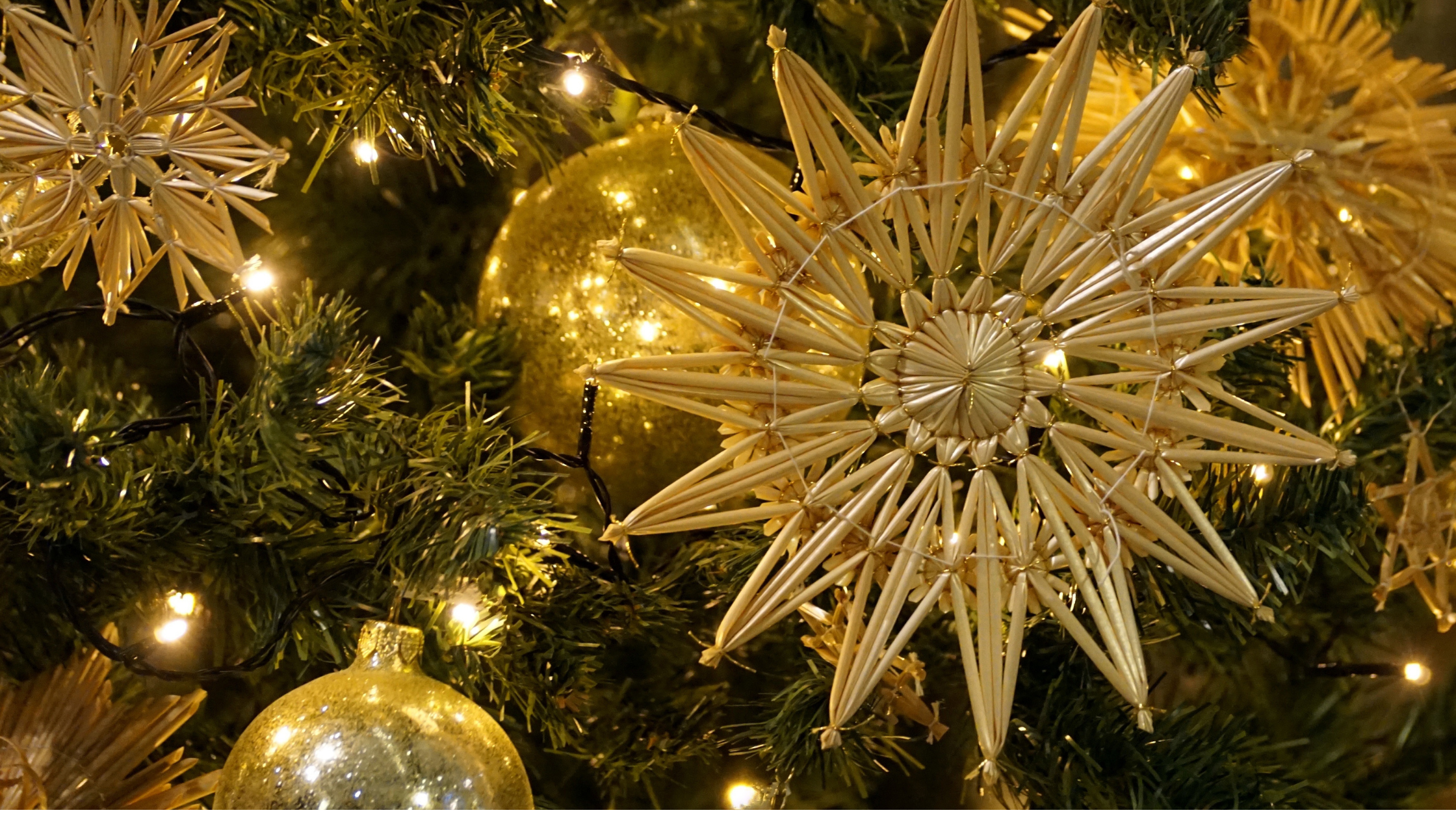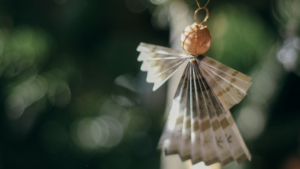The trees will tell their secrets to those that tune in.
S. Magee
As many of us go about the ritual of filling our homes with evergreen trees, boughs, and wreaths – I like to share their ancient origins and resonance with you. Our early ancestors were nomads – they followed herd migrations to milder climates for hunting and the ripening cycles of trees and plants for gathering. When they set down roots in one place to farm – it meant sticking through inclement weather. As the birds flew south, most trees lost their leaves, snow fell, and the days became ever shorter, colder, and darker – the evergreens stood fast. Pine, Oak, and Banyan are all evergreens lauded in ritual, myth, and lore.
Evergreens took on sacred properties and reminded people that their gods had not abandoned them. Hanging evergreen boughs and wreaths in their dwellings worked on a sensory level to provide hope and healing energy while waiting for the turning point of the solstice. For Celts, they symbolized everlasting life. For Egyptians, a triumph of life over death. For Hindus a symbol of longevity. In the Americas, the practice was considered pagan (people were even fined for hanging decorations) until it was popularized by Queen Victoria in the mid-1800s.
Here are 4 ideas for harnessing the hope of the evergreens this holiday season.
- If you set up a tree, take a moment in gratitude for her gifts to the world – before she became a gift for you and yours – a safe harbor for birds and animals, a creator of prana.
- Think of each ornament as symbolic of your wishes for the new year. Cup it in your hand as you inhale and infuse it with your hopes as you hang it up and do it again as you take them down.
- Botanical gardens are lighting up their trees like enchanted forests. Bundle up and take a magical and meditative stroll.
- When the season ends and you take down your evergreens, make a ritual of planting a tree for the planet on your own property, within your community, or through an organization such as https://onetreeplanted.org/




